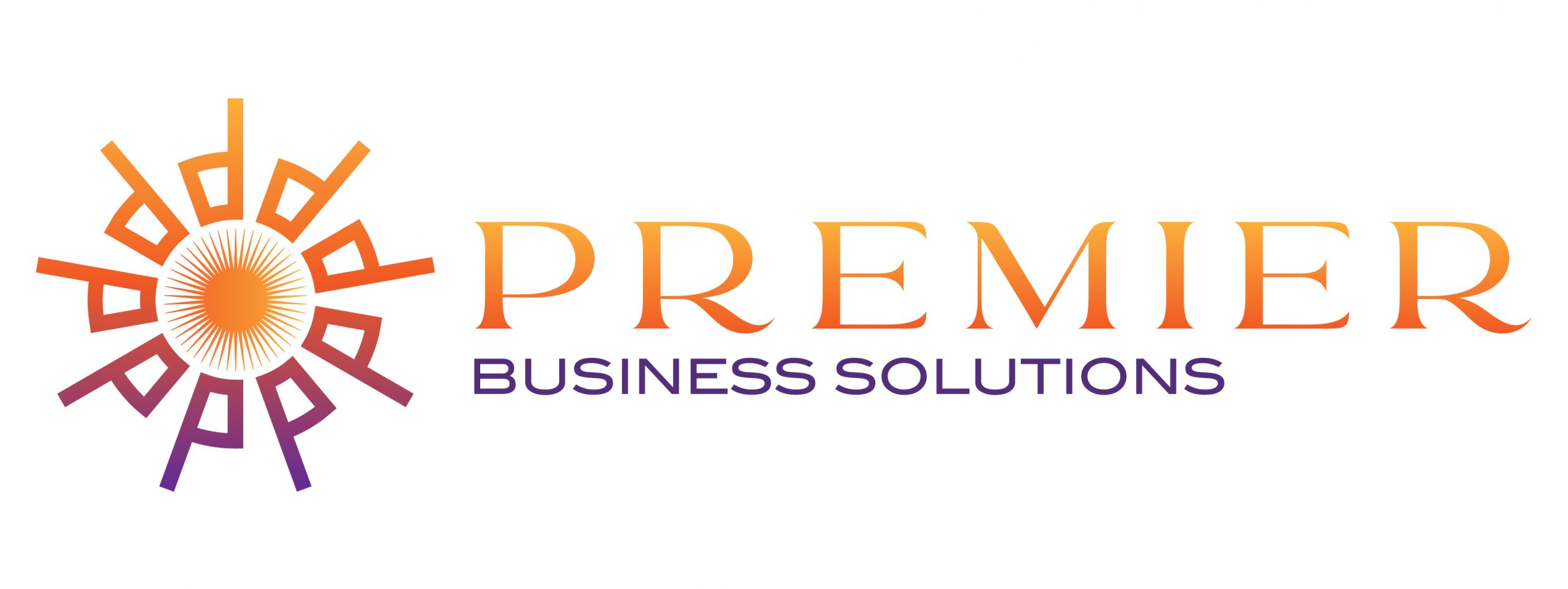Navigating the “Pay as You Go” Tax System: Understanding and Avoiding Estimated Tax Penalties
The United States employs a “pay as you go” tax system, requiring individuals and corporations to make regular payments to the IRS throughout the year based on their income. Failure to meet these obligations may result in an estimated tax penalty, a non-deductible interest charged on the underpaid amount for each quarter. This article explores the nuances of the estimated tax penalty, its current implications, and strategies to avoid it.
Understanding the Estimated Tax Penalty:
Individuals and corporations face the estimated tax penalty if they fail to pay enough to the IRS during the year. The penalty rate is determined by adding three percentage points to the short-term interest rate, with the current penalty rate standing at 8 percent—the highest in 17 years. Notably, this non-deductible interest penalty can result in a net cost exceeding 8 percent due to the rise in interest rates.
Who is Affected?
Employees who have their taxes withheld by their employers need not worry about the estimated tax penalty. However, the self-employed and those receiving income without adequate tax withholding, such as retirees, individuals with dividends, interest, capital gains, rents, and royalties, and even C corporations, must be vigilant.
Avoiding the Estimated Tax Penalty:
Avoiding the estimated tax penalty is achievable through timely and strategic payments. Individual taxpayers have two options: pay 90 percent of the total tax due for the current year or 100 percent of the total tax paid in the previous year (110 percent for higher-income taxpayers). Corporations, on the other hand, must pay 100 percent of the tax shown on their return for the current or preceding year.
Quarterly Estimated Tax Payments:
To meet these requirements, most individuals and corporations opt for equal quarterly estimated tax payments. It’s important to note that the IRS assesses the penalty separately for each payment period, preventing the reduction of penalties for one period by increasing payments for subsequent periods. Even if a taxpayer is due a refund when filing their tax return, penalties for underpayment persist.
Alternate Methods for Computing Estimated Taxes:
While the majority follow the quarterly payment approach, some individuals and corporations can explore alternate methods, such as the annualized income method, for calculating estimated taxes. However, these methods can be complex, requiring a thorough understanding of tax regulations.
In conclusion, navigating the “pay as you go” tax system and avoiding estimated tax penalties is crucial for individuals, the self-employed, and corporations alike. By understanding the rules, making timely payments, and exploring alternative computation methods if applicable, taxpayers can ensure compliance with IRS regulations and minimize financial implications. Stay informed, plan strategically, and make the most of the available options to navigate the complexities of estimated tax payments in today’s dynamic financial landscape.

